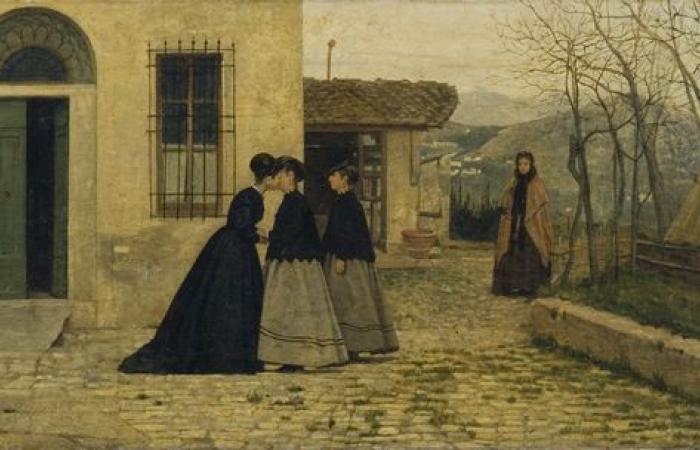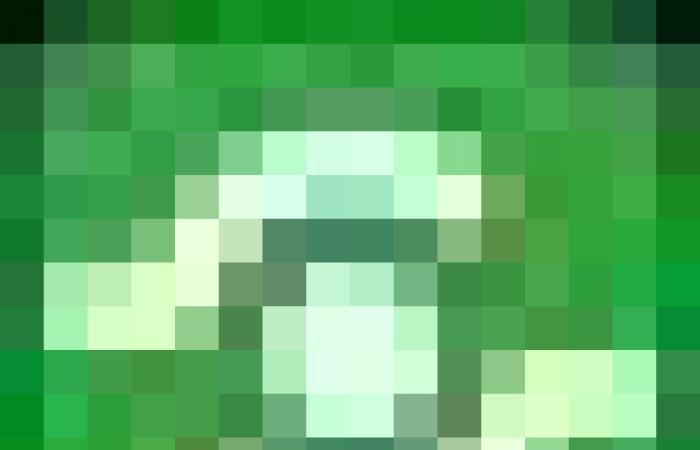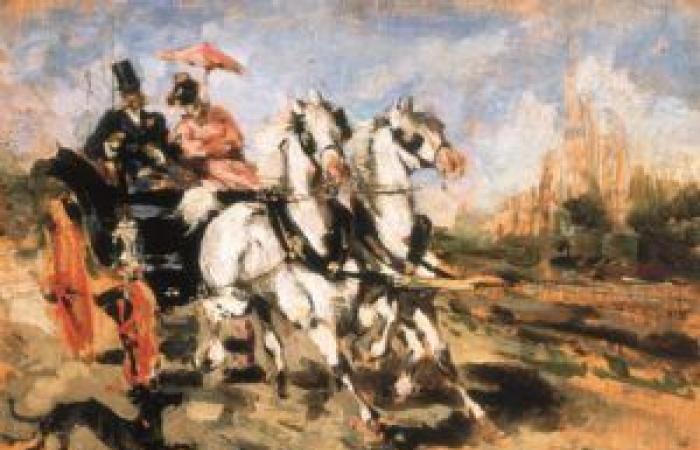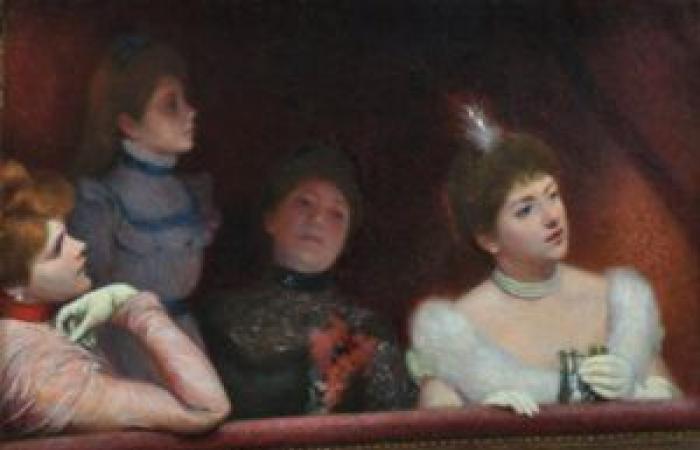Published at 07:00
CARRARA – A new, splendid chapter dedicated to the art of our country: opens at Cucchiari Palace (via Cucchiari 1) in Carrara the exhibition “Belle Époque. The Italian painters of modern life. From Lega and Fattori to Boldini and De Nittis to Nomellini and Balla“. The inauguration will be on June 29th and the exhibition, curated by Massimo Bertozzi, will remain until October 27.
There will be four months of full immersion in one of the most interesting and fascinating aspects of the history of Italian art. In total it is one ninety works – including paintings on canvas and wood, watercolours, pastels and sculptures in bronze and plaster – which spans a period of time from 1864 to 1917.
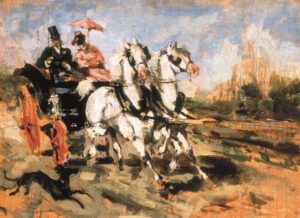
In the Curator’s intention, in fact, there is the desire that the exhibition “Belle Époque. The Italian painters of modern life. From Lega and Fattori to Boldini and De Nittis to Nomellini and Balla” follow the traces of the mutations of painting after the Unification, from the overcoming of regional schools to the recomposition of a national imprint, to aim straight for an artistic culture suited to the modern times of “New Italy”. It is a process that from the last Macchiaioli heartbeats leads to the effervescence of scapigliatura up to the final results of divisionism, that is, from Fattori and Lega to Boldini and De Nittis to Nomellini, Balla.
Not to mention that other artists present in the exhibition with their works bear the names of Signorini, Spadini, Pellizza da Volpedo, Zandomeneghi and Corcos, and then again Antonio Mancini, Tranquillo Cremona, Moses Bianchi, Emilio Longoni, Angelo Morbelli, Gaetano Previatiand many others.
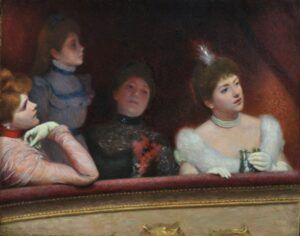
The exhibition itinerary
Divided into seven sections to better understand this epochal passage of Italian painting:
Modern times
No longer just the rural spaces and activities, the theater of action of the painters, increasingly attracted to outdoor practice, become the urban spaces, the streets and squares, but also parks and public gardens and the new discovery of seaside places.
Home and family
Comfort of living and ways of living: when the home also becomes a place to show off, with living rooms, dining rooms and studies that become public spaces, where one shows oneself, even to oneself, pleased with one’s opulence , but also of one’s elegance or sobriety.
The painters of modern life
Finally, artists are no longer just those uprooted from bohemian life but are beginning to enjoy a different social consideration, which welcomes them into the most exclusive salons and circles, whereby they themselves, their atelier and even their families become subjects of painting, elegant and aesthetically suggestive.
Interlude
The field of sculpture: between romantic withdrawal and modernist anxieties, between religious mysticism and worldly mysticism, the characteristics of liberty sculpture are summarized, between the Pascoli symbolism of Leonardo Bistolfi and the aristocratic elegance of Paolo Troubetzkoy
Old and new myths
Modernity immediately becomes habit, whereby the continuous search for distractions or other forms of stupor animates new desires, for an exotic or simply more natural elsewhere, or for other worlds, produced by the use of substances or by mystical and esoteric practices: in both cases these are contexts in which some artists stumble and leave their testimonies
Poor homeland
The Italy of the people: ancient needs and new expectations. Despite everything we believe in the future.
A ladies’ paradise
When worldliness shows off the “social status” of beauty, at the theater or in the café, at horse races, for a walk on the street or in the living room at home, the ladies become protagonists: those who are content to govern the family ménage, some let off steam in philanthropic and cultural activities, some even think of influencing the government of the country… but the condition of women is always the same…
Waiting tomorrow
The abandonment of naturalism provides sensitivity of spirit and clear mind, in search of an expressive language suited to the reality of dreams and the suggestions of symbols; pointillist painting becomes the natural expression of Symbolism, almost a national version of Art Nouveau, the field of action of the “Italian secession”, open to the genesis and debut of the avant-garde.
Hours and information
From 29 June to 15 September Tuesday, Wednesday, Thursday, Sunday 9.30am-12.30pm and 4pm-8pm; Friday and Saturday 9.30am-12.30pm and 4pm-11pm. From 17 September to 27 October Tuesday, Wednesday, Thursday and Sunday 9.30am-12.30pm and 3pm-8pm; Friday and Saturday 9.30am-12.30pm and 3pm-9pm. Closed on Monday.
Entrance fees: €10; reduced €8; groups of 10-29 people €8; from 30 onwards €7; university students €5; free for young people up to 18 years of age, disabled people and their companion, journalists with a national card; Unicoop, Coop, Coop Liguria and Touring Club Italiano agreements are foreseen
Contacts: +39 0585 72355 – [email protected].
© Reproduction prohibited

